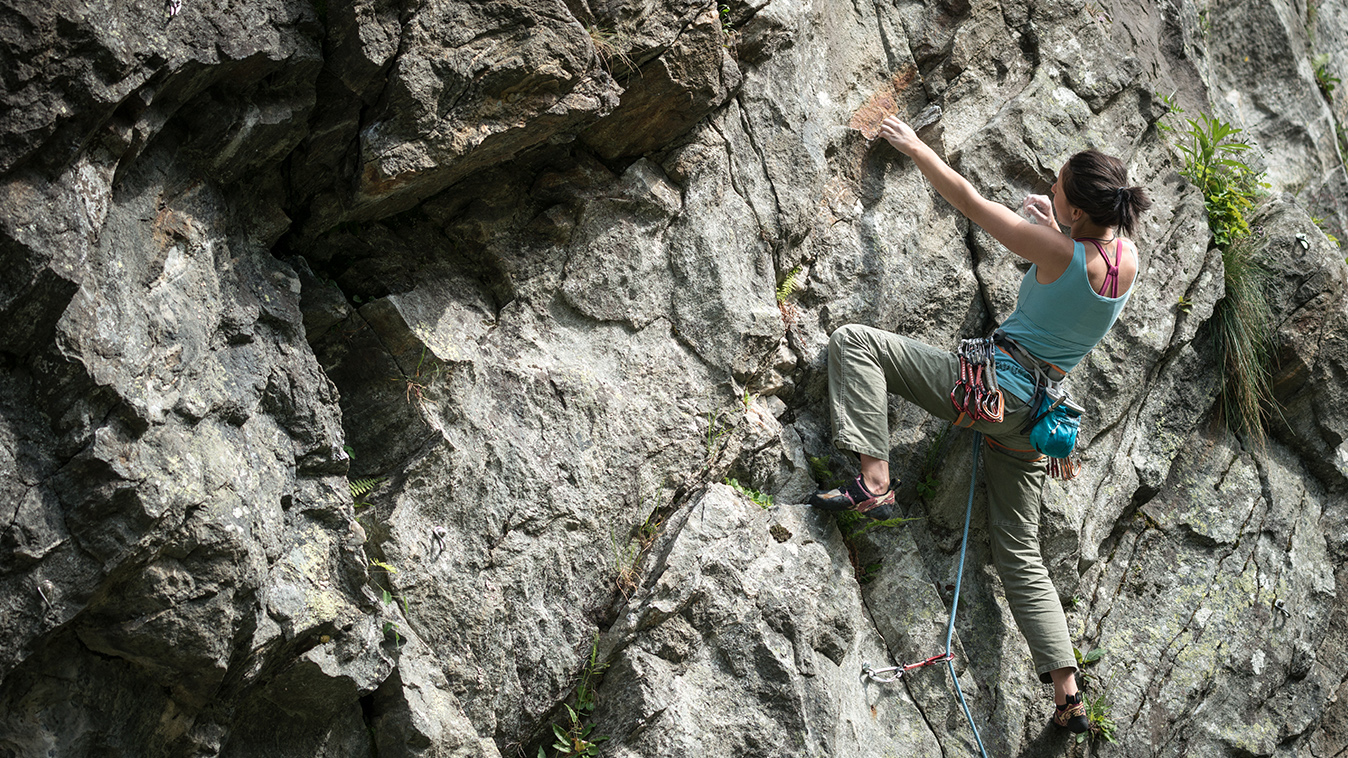
Home TIPS FOR AVOIDING COMMON OUTDOOR SPORT INJURIES
While dedicated enthusiasts enjoy outdoor sports like hiking, climbing, and cycling year-round, many of us prefer to wait for warmer weather before heading outdoors for these popular activities. But, their rise in popularity can also increase the likelihood of injury.
Below we look at some common injuries and tips for preventing them for the top three outdoor sports: hiking, climbing, and cycling.
Skin injuries like blisters, sunburn, and bug bites are the most common hiking injuries and are easily treatable and preventable by planning ahead (making sure to apply bug spray and sunscreen, and wearing appropriate clothing) and packing a first aid kit. Other common injuries to prepare for include:
Often, climbing injuries affect muscles, tendons, and ligaments in the arms and shoulders:
Impact injuries are very common among cyclists, so bike safety is very important in preventing serious injury. Other injuries to watch for include:
If you do experience pain as a result of your favourite outdoor activity, treatment can take many forms. Sometimes simply stopping the activity, elevating the injured area, and icing it are enough, while other injuries can involve more complex treatments. If your symptoms do not resolve, however, it’s important to speak to your health care practitioner about any pain. Your doctor might order an X-ray and ultrasound to get a picture of what’s going on in your joints, or even an MRI scan for a more detailed look.
REFERENCES
Arthurs-Brennan, M. (2020) “Common cycling injuries: treatment and prevention.” www.cyclingweekly.com. Accessed June 12, 2022.
Mayo Clinic Staff (2022) “Plantar fasciitis.” www.mayoclinic.org. Accessed June 12, 2022.
Musholt, B. (2017) “Injury Free: The Best Rotator Cuff Exercises.” www.mensjournal.com. Accessed June 12, 2022.
South Shore Orthopedics (2019) “Common Hiking Injuries: Tips for Prevention and Treatment.” www.southshoreorthopedics.com. Accessed June 12, 2022.
Vagy, J. (2022) “How to Climb Injury Free.” www.theclimbingdoctor.com. Accessed June 28, 2022.
© 2024 Mayfair. All rights reserved.
| Cookie | Duration | Description |
|---|---|---|
| cookielawinfo-checkbox-analytics | 11 months | This cookie is set by GDPR Cookie Consent plugin. The cookie is used to store the user consent for the cookies in the category "Analytics". |
| cookielawinfo-checkbox-functional | 11 months | The cookie is set by GDPR cookie consent to record the user consent for the cookies in the category "Functional". |
| cookielawinfo-checkbox-necessary | 11 months | This cookie is set by GDPR Cookie Consent plugin. The cookies is used to store the user consent for the cookies in the category "Necessary". |
| cookielawinfo-checkbox-others | 11 months | This cookie is set by GDPR Cookie Consent plugin. The cookie is used to store the user consent for the cookies in the category "Other. |
| cookielawinfo-checkbox-performance | 11 months | This cookie is set by GDPR Cookie Consent plugin. The cookie is used to store the user consent for the cookies in the category "Performance". |
| viewed_cookie_policy | 11 months | The cookie is set by the GDPR Cookie Consent plugin and is used to store whether or not user has consented to the use of cookies. It does not store any personal data. |